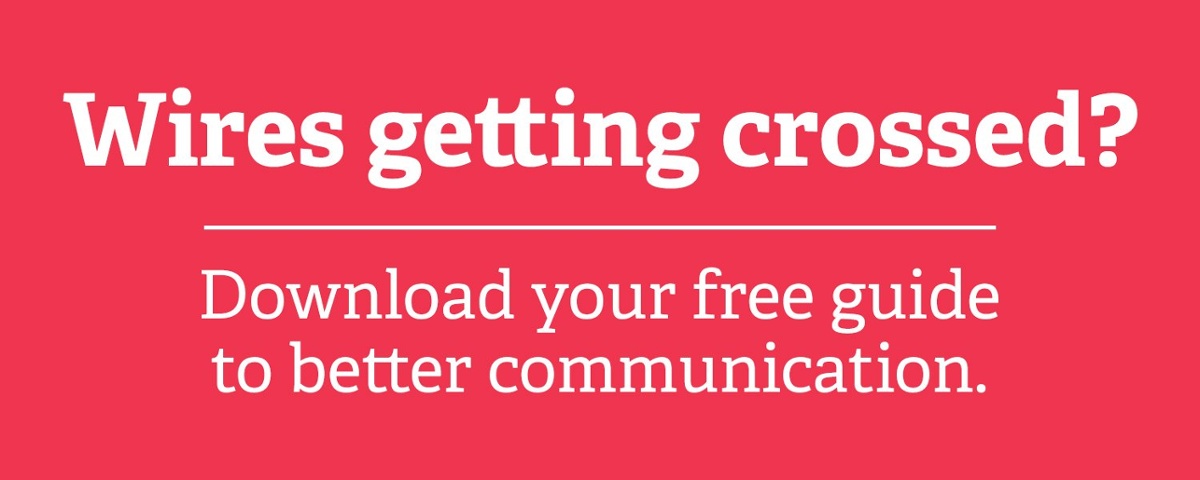The raise, the product pitch, the vacation destination, the big purchase decision—in work and in life, negotiation is a constant presence. And naturally, we each want to get our own way. But there’s no reason one side has to end up feeling like a loser in a negotiation.
To be satisfied with the end result and keep your relationships intact, try these 7 negotiation tips.
- Define the negotiation problem. In any kind of problem-solving activity, the first step is to make sure you’ve accurately defined the problem. Otherwise, your solution will miss the mark, no matter how logical it sounds on paper. Think about what pushback you’re likely to encounter and what the source of that pushback is. What are the real issues and obstacles you’ll need to overcome in order to persuade the other person to come around to your way of thinking?
- Do your homework. Before you build your arguments and case, you also need to understand who you’re dealing with. What does this person really care about? What do they want to know, and, just as important, what do they not want to spend a whole lot of time on? No matter how essential those aspects might seem to you, you’ll only annoy them or encourage them to tune out if you emphasize the things they don’t care about.
- Don’t react; get some perspective. No matter how much preparation you do, you’re probably still going to meet some resistance at some point while you’re presenting your case. Don’t simply react to resistance with more resistance. If the discussion isn’t going your way, keep a cool head and take a step back. Look at the bigger picture. Is there some give and take here that would still get you to the end result you need?
- Step in their shoes, and build a better relationship. One way to clear your head and get some perspective is to put yourself in the other person’s shoes. By taking a minute to understand what they’re going through from their point of view, you might find your way to a more favorable solution for both of you. At the very least, you’ll end up with greater empathy and understanding, which will be building blocks to a stronger relationship going forward.
- Reframe the discussion by asking questions like, Why? Why not? What if? Rather than hammering home your arguments over and over again—which is likely not going to get you anywhere new—change things up by putting their resistance into a different context. Ask open-ended, probing questions that cause them to think more deeply about their own position, and encourage them to look at other possibilities they might not be considering. With some new insights into their own viewpoint, they might just convince themselves that your way is the better way.
- Know your cost if agreement isn’t met. If things really aren’t going your way, make sure you know what the cost will be if the negotiation stalls out and no one can come to an agreement. Is it worth the fight to get your way? Consider what it will cost, not just in terms of what you’re negotiating about but also how it will affect the relationship or other variables. Likewise, think about the costs of “giving in” to their side or of leaving it with “no decision” and both sides agreeing to disagree.
- Involve them. Build bridges to overcome obstacles. If you’re convinced that a stalemate is not an option, but you’re still stuck going in circles, it might be time to put your heads together and come up with a compromise. Together, you might find an even better way than either of you had initially proposed.
How can you tell what will resonate? Focus on their thinking preferences, which will reveal a lot about were their attention goes, how they process information and how you can communicate most effectively with them.
A negotiation doesn’t have to be a battlefield, leaving damaged relationships in its wake. The next time you have a case to argue, think about how to get your way and still feel good about the result.













